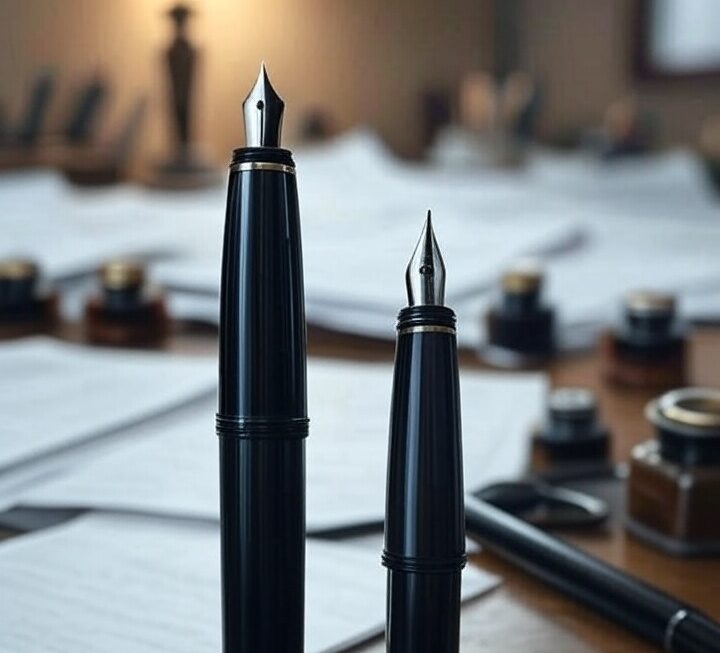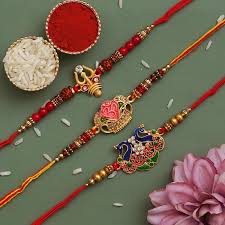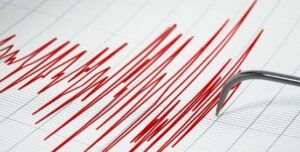The pen is a tool used for writing or drawing by applying ink to a surface, typically paper. It is one of the most fundamental and widely used writing instruments in human history, evolving from simple tools to sophisticated devices with various designs and functionalities.
1. Definition and Purpose
A pen is a handheld device designed to deliver ink in a controlled manner to create text, drawings, or markings. It is used for:
- Writing notes, letters, documents, or creative works.
- Drawing or sketching in artistic contexts.
- Signing official documents or contracts.
- Marking or annotating surfaces in professional, educational, or personal settings.
Pens are valued for their portability, precision, and versatility compared to other writing tools like pencils or quills.
2. Historical Evolution
The pen has a rich history, evolving over centuries:
- Ancient Origins:
- Reed Pens (c. 3000 BCE): Used by ancient Egyptians, these were made from hollowed-out reeds with sharpened ends, dipped in ink made from soot or natural pigments.
- Quill Pens (c. 6th Century CE): Made from bird feathers (often goose or swan), quills were the dominant writing tool in Europe and the Middle East until the 19th century. They required frequent dipping in ink and sharpening.
- Early Modern Developments:
- Fountain Pens (19th Century): The first practical fountain pen, with an internal ink reservoir, was patented by Petrache Poenaru in 1827. Lewis Waterman improved the design in 1884 with a reliable ink feed system, making fountain pens widely popular.
- Steel Nibs: By the early 19th century, metal nibs replaced quills, offering durability and consistency.
- Modern Innovations:
- Ballpoint Pens (1938): Invented by László Bíró, a Hungarian journalist, the ballpoint pen used a rotating ball to transfer ink, revolutionizing writing with its reliability and low maintenance. John Loud had patented a similar concept in 1888 for marking leather, but Bíró’s design was more practical for paper.
- Gel Pens (1980s): Introduced by Sakura of Japan, gel pens use pigmented, water-based ink for smoother writing and vibrant colors.
- Digital Pens (21st Century): Smart pens and styluses (e.g., Apple Pencil) integrate with digital devices, combining traditional writing with digital functionality.
3. Types of Pens
Pens come in various types, each suited to specific purposes:
- Fountain Pen:
- Mechanism: Uses a metal nib and an internal ink reservoir or cartridge. Ink flows through capillary action.
- Features: Smooth writing, customizable nibs (fine, medium, broad), refillable.
- Use Cases: Calligraphy, formal writing, journaling.
- Examples: Montblanc, Parker, Lamy.
- Ballpoint Pen:
- Mechanism: A small rotating ball (usually tungsten carbide) transfers ink from a reservoir to paper.
- Features: Durable, low-cost, reliable, quick-drying ink.
- Use Cases: Everyday writing, note-taking, office use.
- Examples: Bic Cristal, Paper Mate.
- Rollerball Pen:
- Mechanism: Similar to ballpoint but uses water-based or gel ink for smoother flow.
- Features: Vibrant lines, less pressure needed, but ink may smudge.
- Use Cases: Writing, sketching, artistic work.
- Examples: Uni-ball, Pilot Precise.
- Gel Pen:
- Mechanism: Uses pigmented gel ink, often water-based, delivered via a ball tip.
- Features: Bright colors, smooth writing, available in glitter or metallic finishes.
- Use Cases: Art, journaling, decorative writing.
- Examples: Sakura Gelly Roll, Pilot G2.
- Felt-Tip/Marker Pen:
- Mechanism: Uses a porous tip (felt or fiber) to deliver ink.
- Features: Bold lines, available in various tip sizes, permanent or washable ink.
- Use Cases: Highlighting, drawing, whiteboard writing.
- Examples: Sharpie, Staedtler.
- Dip Pen:
- Mechanism: A metal nib dipped into an external ink bottle, no internal reservoir.
- Features: High control for calligraphy, requires skill to avoid blotting.
- Use Cases: Calligraphy, illustration.
- Digital Pen/Stylus:
- Mechanism: Electronic or pressure-sensitive tip for use with tablets, smartphones, or smart notebooks.
- Features: Digital note-taking, drawing, integration with apps.
- Use Cases: Graphic design, digital art, note-taking.
- Examples: Apple Pencil, Wacom stylus.
- Specialty Pens:
- Multi-Pens: Combine multiple ink colors or tools (e.g., pen + pencil) in one body.
- Erasable Pens: Use heat-sensitive or erasable ink (e.g., Pilot FriXion).
- Space Pens: Pressurized ink cartridges for writing in extreme conditions (e.g., Fisher Space Pen).
4. Components of a Pen
A typical pen consists of:
- Nib/Tip: The part that contacts the paper, delivering ink (e.g., metal nib for fountain pens, ball for ballpoints).
- Ink Reservoir: Holds ink, either as a cartridge, converter, or tube.
- Barrel: The main body, providing grip and housing internal components.
- Cap/Clip: Protects the nib and allows portability.
- Feed (Fountain Pens): Regulates ink flow to the nib.
- Mechanism (for Retractable Pens): A spring or twist mechanism to extend/retract the tip.
5. Ink Types
- Dye-Based Ink: Common in fountain and rollerball pens, vibrant but may fade over time.
- Pigment-Based Ink: Used in gel pens, more permanent and resistant to fading.
- Oil-Based Ink: Found in ballpoint pens, quick-drying and durable.
- Specialty Inks: Waterproof, archival, or heat-sensitive (erasable) inks for specific applications.
6. Materials and Manufacturing
- Materials:
- Body: Plastic, metal, wood, or resin. Luxury pens may use precious metals or gemstones.
- Nib/Tip: Stainless steel, gold (for fountain pens), tungsten carbide (for ballpoints).
- Ink: Composed of dyes/pigments, solvents, and additives for flow and drying.
- Manufacturing:
- Mass-produced pens (e.g., Bic) use automated assembly for cost efficiency.
- High-end pens (e.g., Montblanc) involve handcrafting, especially for nibs and finishes.
7. Cultural and Economic Significance
- Cultural Impact:
- Pens symbolize literacy, education, and creativity. They’ve been used in historic events, like signing treaties (e.g., the Treaty of Versailles).
- Luxury pens are status symbols, often gifted or collected.
- Calligraphy pens are integral to art forms in cultures like Chinese, Arabic, and Western calligraphy.
- Economic Impact:
- The global pen market is worth billions, with brands like Bic, Pilot, and Montblanc dominating.
- Affordable pens (e.g., Bic Cristal) are ubiquitous, with billions sold annually.
- The rise of digital devices has reduced pen usage, but specialty and luxury pens maintain strong niche markets.
8. Modern Trends and Innovations
- Sustainability: Eco-friendly pens made from recycled materials or refillable designs (e.g., Pilot’s Bottle to Pen).
- Smart Pens: Devices like Livescribe or Moleskine Smart Pen record handwriting digitally.
- Customization: Brands offer personalized pens with engraved names or custom nibs.
- 3D Printing: Used to create unique pen designs or replacement parts.
9. Notable Brands
- Mass-Market: Bic, Paper Mate, Pilot, Uni-ball, Pentel.
- Luxury: Montblanc, Parker, Cross, Waterman, Lamy, Pelikan.
- Specialty: Sakura (gel pens), Sharpie (markers), Fisher (space pens).
10. Advantages and Disadvantages
- Advantages:
- Precision and permanence compared to pencils.
- Wide variety for different tasks (writing, art, professional use).
- Portable and widely available.
- Disadvantages:
- Ink can smudge, leak, or run out.
- Some pens (e.g., fountain pens) require maintenance.
- Environmental impact from disposable pens.
11. Fun Facts
- The Bic Cristal, launched in 1950, is one of the best-selling pens, with over 100 billion sold.
- The Fisher Space Pen can write in zero gravity, underwater, and at extreme temperatures.
- The world’s most expensive pen, the Fulgor Nocturnus by Tibaldi, sold for $8 million in 2010 due to its diamond-encrusted design.
- The word “pen” comes from the Latin “penna,” meaning feather, referencing quill pens.
12. Care and Maintenance
- Fountain Pens: Clean regularly to prevent ink clogging; store upright to avoid leaks.
- Ballpoint/Rollerball: Store horizontally to maintain ink flow.
- General: Avoid dropping pens to protect tips; use appropriate refills to avoid damage.
Note:-If you didn’t find what are you looking for, Please write through comment box.















Leave a Reply